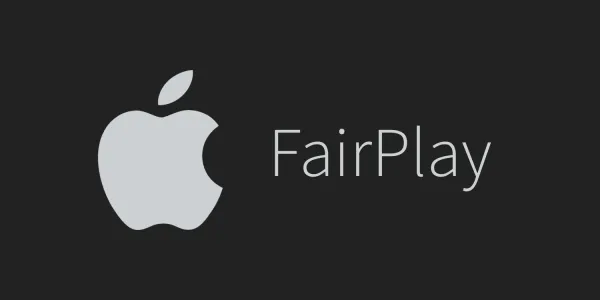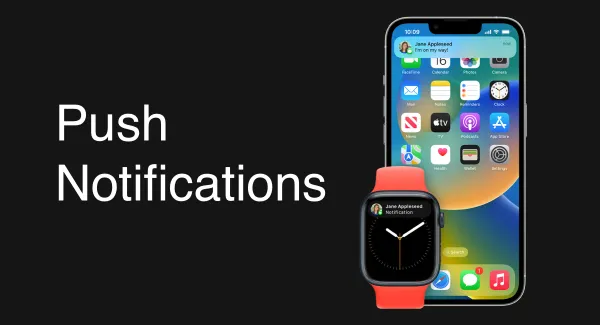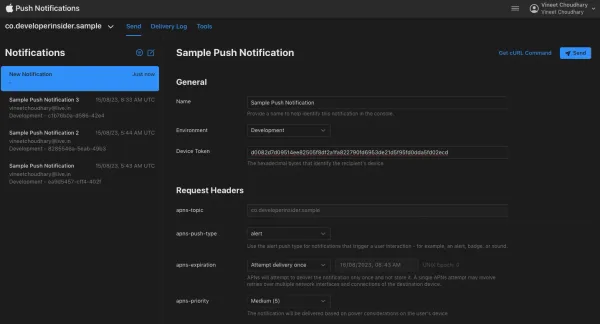In SwiftUI, @Environment is used to propagate values and information down the view hierarchy without having to explicitly pass them as parameters. In this tutorial, we'll take an overview of @Environment Property Wrapper and learn how we can define our custom environment value using EnvironmentKey and EnvironmentValues.
1. What is Environment Property Wrapper?
@Environment is a property wrapper in SwiftUI that allows a view to access values stored in the environment. The environment is a container for values that are global to the current view hierarchy, such as the device's appearance mode (light/dark), locale, and more. You can use @Environment to access these values without directly passing them as parameters to your views. For example:
struct ContentView: View {
@Environment(\.colorScheme) var colorScheme
var body: some View {
Text("Color Scheme: \(colorScheme)")
}
}
2. What is EnvironmentKey?
EnvironmentKey is a protocol that you can adopt to define your own custom environment values. So, it is a key for accessing values in the environment.
3. What is EnvironmentValues?
EnvironmentValues is a type that holds the actual values of the environment. So, it is a collection of environment values propagated through a view hierarchy. SwiftUI provides a set of predefined environment values that you can access using the @Environment property wrapper like colorScheme, locale etc.
4. How to create SwiftUI Custom Environment Values?
4.1 Defining the Custom Environment Key
First, you need to create a custom environment key by creating a new type that conforms to the EnvironmentKey protocol. Now add the a defaultValue for environment key.
struct MyCustomEnvironmentKey: EnvironmentKey {
static var defaultValue: String = "Default Value"
}
4.2 Extend EnvironmentValues
Next, you need to extend the EnvironmentValues, which holds the actual value of the environment.
extension EnvironmentValues {
var myCustomValue: String {
get { self[MyCustomEnvironmentKey.self] }
set { self[MyCustomEnvironmentKey.self] = newValue }
}
}
- This
myCustomValuecomputed property provides a way to get and set the value associated withMyCustomEnvironmentKeyin the environment. - Using
self[MyCustomEnvironmentKey.self], SwiftUI looks up the environment to find the value associated with the custom key.
4.3 Using the Custom Environment Value in a View
Now, you can use the new custom environment value in your SwiftUI view. For example:
struct ContentView: View {
@Environment(\.myCustomValue) var myCustomValue
var body: some View {
Text("Custom Value: \(myCustomValue)")
}
}
4.4 Set or Update Environment Value
To set or update the environment value, you need to use .environment modifier. For example to modify myCustomValue form App file:
struct SampleApp: App {
var body: some Scene {
WindowGroup {
ContentView()
.environment(\.myCustomValue, "Hello, World!!")
}
}
}
You can use this .environment modifier from any SwiftUI View.
This was a simple example myCustomValue was String type. But you can create a custom Environment Value with other available types in Swift. The combination of @Environment, EnvironmentValues, and EnvironmentKey allows SwiftUI to efficiently manage and propagate values that are relevant to the entire view hierarchy, making it easy to build responsive and dynamic user interfaces.






